Results show some strain-specific variability among shrimp strains evaluated
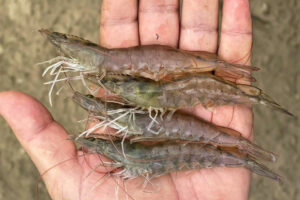
The Pacific white shrimp (Litopenaeus vannamei) is the dominant farmed shrimp worldwide, representing one of the most common aquaculture species. It is widely favored due to its superior flesh quality, delicious taste and nutritional properties, as well as its ease of cooking. And it has become one of the most valuable globally traded seafood products. L. vannamei is a euryhaline [adaptable to a wide range of salinities] shrimp species suitable for high-density cultivation in diverse salinities.
China depends on imported shrimp to obtain improved parent varieties, and also some new strains have been developed in China. At present, pertinent research is mainly focused on germplasm [living genetic resource] selection, and few studies have documented the nutritional components of different L. vannamei strains.
Nutritional composition is an important index of germplasm evaluation for shrimp, providing a basis for resource development and genetic improvement. Different specifications, salinity conditions, aquaculture environment and production models have been reported to affect the nutritional composition and quality of L. vannamei. However, these studies evaluated the same shrimp varieties under different conditions. Determining the nutritional components of different strains under the same production conditions can provide novel nutritional information to consumers.
This article – adapted and summarized from the original publication [Wang, Y. et al. 2021. Chemical and quality evaluation of Pacific white shrimp Litopenaeus vannamei: Influence of strains on flesh nutrition. Food and Science Nutrition 9(10):5352-5360] – evaluated and compared the basic muscle nutritional components, amino acid (hydrolyzed and free) compositions, and fatty acid compositions of four L. vannamei strains.
Study setup
Our 90-day feeding experiment was conducted at a shrimp farm in Binzhou, China. Prior to the experiment, juvenile shrimp – sourced from the commercial suppliers Universal from Indonesia; the local strain Kehai No. 1, KH-1; the Syaqua strain from Thailand; and another local (common) stock – with initial weights of 0.63 ± 0.02 grams were temporarily reared and acclimated for seven days and then stocked into twelve 30-cubic-meter experimental ponds to constitute four treatments groups in triplicate. The stocking density was about 300 individuals per square meter. There were no significant differences in survival rate among the different treatments (78.42 ± 1.29 percent).
Pond seawater was sand-filtered and water quality conditions were maintained at 29±1 degrees-C, pH at 7.5 to 8.0, dissolved oxygen at >5.0 mg per liter, and salinity at 29 to 31 ppt. Bacterial additions were done every seven days. Shrimp were fed a commercial diet (40 percent crude protein, 8 percent crude lipid) sourced from a local feed company. All shrimp groups were fed twice daily at 6 to 10 percent body weight with rations adjusted every 15 days. Diets were hand-fed until apparent satiation and the feeding rates were selected to assure apparent satiation was reached without overfeeding. Fresh seawater was exchanged at 10 percent after feeding.
After the 90-day feeding trial, shrimp in each pond were sampled 24 hours after the last feeding, and 30 shrimp from each pond (20.10 ± 2.30 grams) were randomly selected to for proximate composition analyses. For detailed information on the experimental design and animal husbandry; sample collections and proximate analyses; and statistical analyses, refer to the original publication.
Impact on gut microbiota health in L. vannamei postlarvae after salinity reduction treatment
Results and discussion
Overall, our study results showed that under similar pond-grown conditions and the same feed, all four strains had high protein (21.1 to 22.3 percent) and low fat (0.8 to 1.1 percent) levels. The Universal strain was highest in protein and fat as well as essential amino acid score (147.97). The Syaqua strain had the highest levels of polyunsaturated fatty acids, PUFAs (44.88 percent). The KH-1 strain had the highest free amino acid, FAA, content (2.68 percent).
The proximate composition of the four shrimp strains is shown in Table 1. Crude protein content ranged from 21.1 to 22.3 percent, crude fat content ranged from 0.8 to 1.1 percent, and the crude ash did not differ among strains. These results are consistent with previous ones reported by various researchers, who found that crude protein and fat content were relatively uniform among shrimp strains.
Wang, Nutritional composition, Table 1
| Strains | Moisture | Protein | Fat | Ash | Energy |
|---|---|---|---|---|---|
| Universal | 74.6 ± 0.51b | 22.3 ± 0.30a | 1.1 ± 0.02a | 1.7 ± 0.02a | 425 ± 1.2a |
| KH−1 | 75.4 ± 0.39b | 21.8 ± 0.31ab | 1.0 ± 0.01b | 1.6 ± 0.03a | 411 ± 0.9b |
| Syaqua | 75.2 ± 0.43ab | 21.7 ± 0.29ab | 1.0 ± 0.02b | 1.7 ± 0.02a | 413 ± 1.5b |
| Local | 76.5 ± 0.41a | 21.1 ± 0.34b | 0.8 ± 0.01c | 1.6 ± 0.03a | 388 ± 1.4c |
Among the four strains examined in the present study, crude protein content was the highest in the Universal strain (22.3 percent). Crude fat content was the lowest in the local shrimp strain, and crude ash content was the lowest in the KH-1 and local shrimp strains. Overall, the chemical composition analyses confirmed that the four strains tested had an adequate balance of nutrients and protein levels.
Regarding the hydrolyzed amino acid profiles (HAA) of the four shrimp strains evaluated, glutamic acid was the most abundant amino acid in all strains, followed by lysine, aspartic acid and leucine. These four amino acids constituted 41.34 to 42.64 percent of the total amino acids (TAA). The KH-1 strain had the highest TAA amounts at 82.07 g/100g (dry weight, DW), and its level of essential amino acids (EAA) was high. The ratio of EAA/TAA ranged from 38.22 percent (common strain) to 38.79 percent (Syaqua strain).
The nutritional value of food depends on amino acid composition and content. For humans, food with higher amino acid content can provide better nutritional value. TAA and EAA are also important indicators of the nutritional value of aquatic products. The four shrimp strains evaluated had glutamic acid contents ranging from 172.8 mg/g (KH-1) to 176.6 mg/g (Syaqua) of crude protein. These values are significantly higher than those reported for various other species of shrimp, fish and other crustaceans.
Free amino acids (FAAs) are important components of the flesh that can affect the flavor of aquatic animals, and in particular glutamic acid, glycine, alanine and aspartic acid reportedly can significantly influence shrimp flavor. Each amino acid has a unique taste, the flavor contribution of which is dependent on the taste activity value, TAV, the ratio between the taste substance contained in the sample and its threshold value. However, the TAV does not consider the interaction between the components, which may have a synergistic effect on food taste. Among the four shrimp strains evaluated, the amino acids glutamic acid, glycine, valine, methionine, lysine and histidine had significant TAV values. Additional sensory evaluations are contemplated along these lines for future research.
The FAA content models were similar among strains, except for the local (common) strain. The top contributor to taste was glutamine, with a TAV of 14.33. The TAVs of alanine and glycine were 7.83 and 3.69, respectively, which can also significantly influence the taste of shrimp meat. The models indicate that KH-1 would taste fresher and sweeter than the other strains.
The fatty acid (FA) profiles and levels of the four shrimp strains evaluated varied. The profiles of all strains were dominated by polyunsaturated fatty acids (PUFAs) except in the local (common) strain, followed by saturated fatty acids (SFAs) and monounsaturated fatty acids (MUFAs). Among the SFAs, palmitic acid was the dominant and stearic acids were also abundant. The dominant MUFA was oleic acid (C18:1). The dominant PUFAs were linoleic acid (LA); docosahexaenoic acid (DHA); and eicosapentaenoic acid (EPA).
Among the most valuable FAs, DHA and EPA play important roles in the prevention of inflammatory and cardiovascular diseases due to their serum triglycerides-lowering effects. The EPA and DHA contents in our study results were moderately high in all the shrimp samples, especially in the KH-1 strain. However, the EPA content in our study was lower than that reported by previous research for L. vannamei (11.5 to 13.7 g/100 FA), while the DHA content in that previous research (which ranged from 8.9 to 10.4 g/100 g FA) was lower than we determined in our study.
Perspectives
Our study results indicate that strain-specific variability exists in the chemical composition of the shrimp L. vannamei strains evaluated under controlled pond production conditions. The imported Universal strain tested had the highest protein and fat content, and the highest overall EAA score. The imported Syaqua strain showed the highest levels of PUFAs, and the local KH-1 strain was the highest in FAA taste-active components.
Now that you've reached the end of the article ...
… please consider supporting GSA’s mission to advance responsible seafood practices through education, advocacy and third-party assurances. The Advocate aims to document the evolution of responsible seafood practices and share the expansive knowledge of our vast network of contributors.
By becoming a Global Seafood Alliance member, you’re ensuring that all of the pre-competitive work we do through member benefits, resources and events can continue. Individual membership costs just $50 a year.
Not a GSA member? Join us.
Authors
-
Dr. Xiao Li
Marine Science Research Institute of Shandong Province, Qingdao, China
-
Dr. Ying Wang
Corresponding author
Marine Science Research Institute of Shandong Province, Qingdao, China[109,111,99,46,97,110,105,115,64,99,114,95,100,111,111,102]
-
Dr. Hongyan Li
Marine Science Research Institute of Shandong Province, Qingdao, China
-
Dr. Xiaodong Jiang
Marine Science Research Institute of Shandong Province, Qingdao, China
-
Dr. Lei Ji
Marine Science Research Institute of Shandong Province, Qingdao, China
-
Dr. Tianhong Liu
Marine Science Research Institute of Shandong Province, Qingdao, China
-
Dr. Yuanqin Sun
Marine Science Research Institute of Shandong Province, Qingdao, China
Tagged With
Related Posts
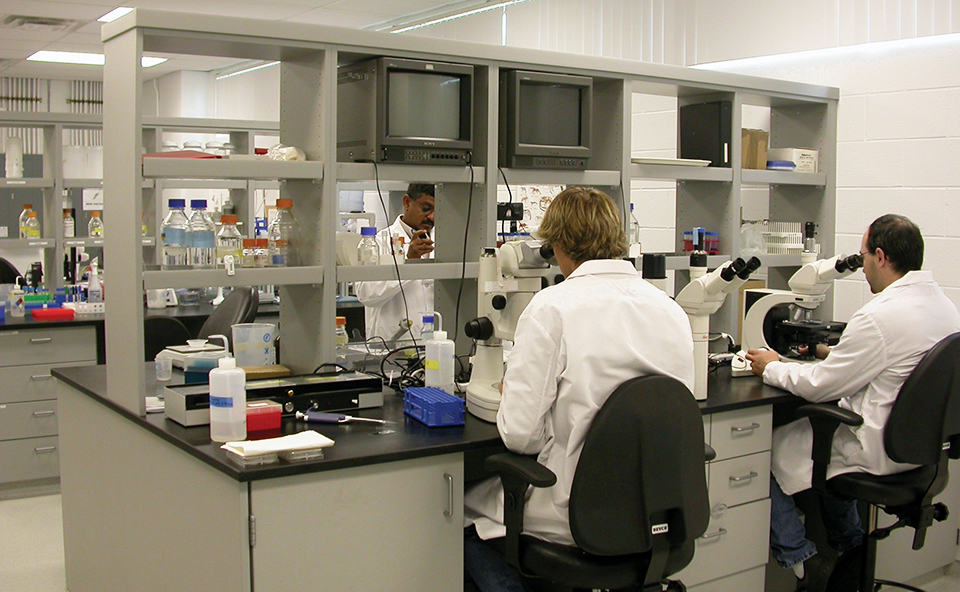
Health & Welfare
Genetics contribute to profitable shrimp production
Genetics is an important factor in shrimp farming. Improvements in disease resistance and robustness can be achieved with within-family selection, shorter generation intervals and marker-assisted selection.
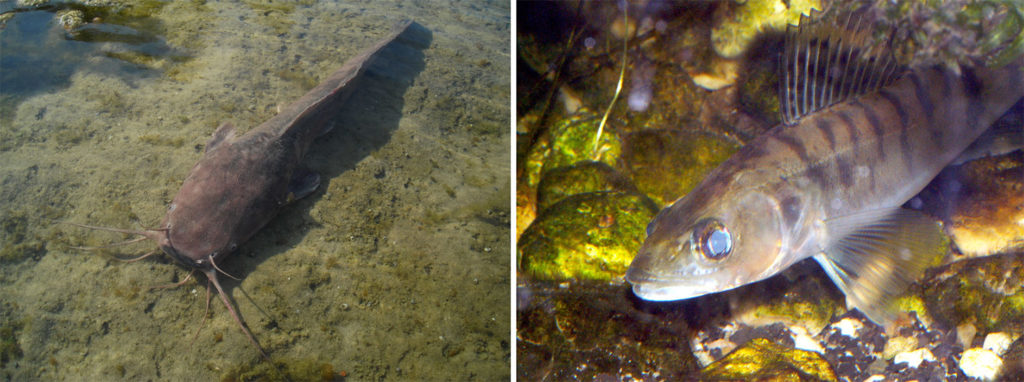
Responsibility
Integrated utilization of microalgae grown in aquaculture wastewater
A study shows that wastewater from recirculating aquaculture systems is suitable for microalgal cultivation and that sludge amendment to the wastewater increases production.
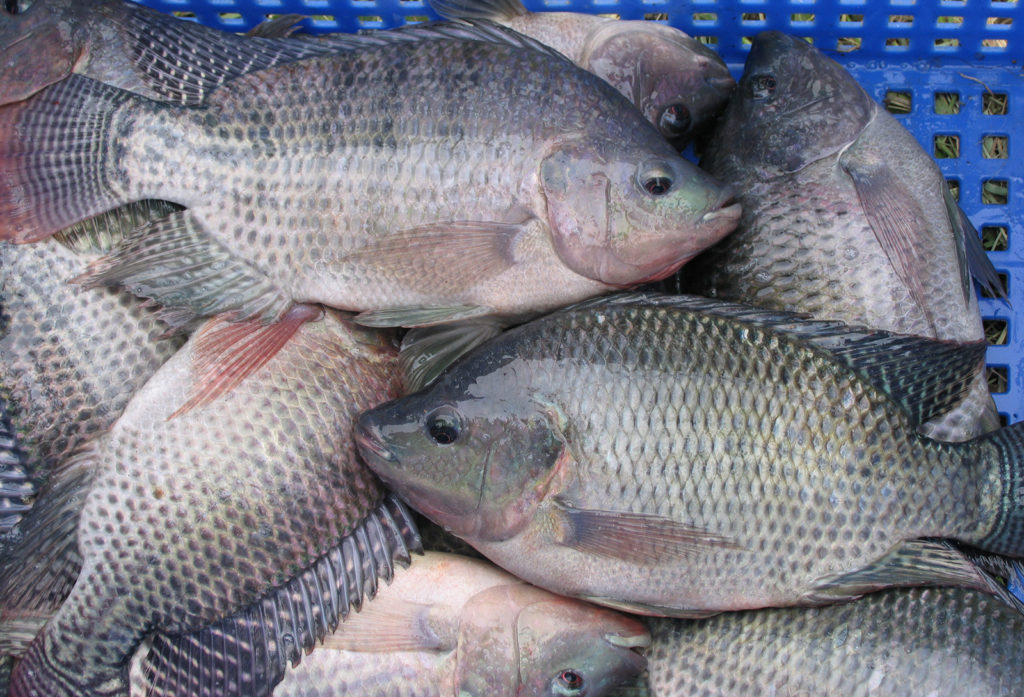
Aquafeeds
Production of omega-3 enriched tilapia through dietary algae meal or fish oil
This study evaluated the effect of diets supplemented with fish oil and algae meal for LC-PUFA enrichment on juvenile Nile tilapia. The experimental diets have promise as a feasible option for enriching omega-3 content in tilapia fillets.
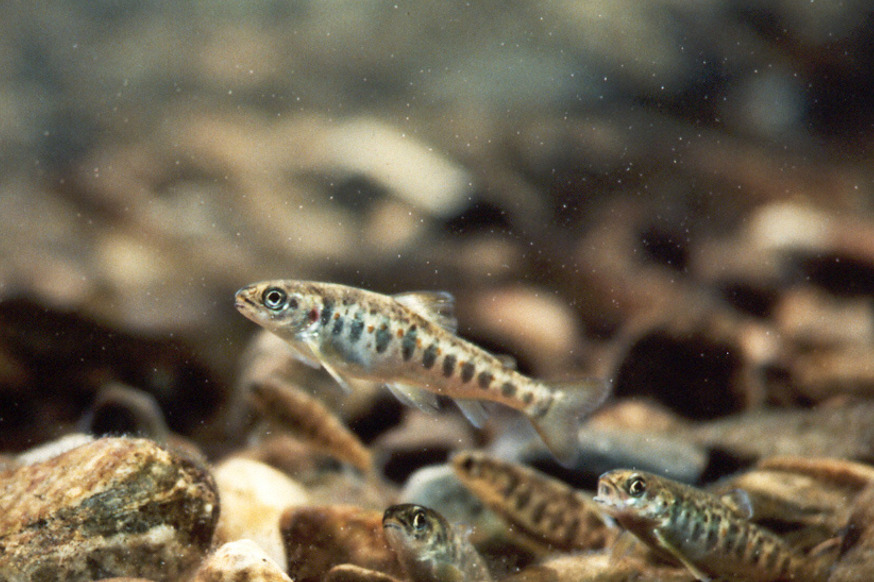
Aquafeeds
Assessment of microalgal biomass as a fish oil replacement in Atlantic salmon diets
The inclusion of a microalgal biomass in salmon feeds shows potential use throughout the whole production cycle from parr to harvest size.


